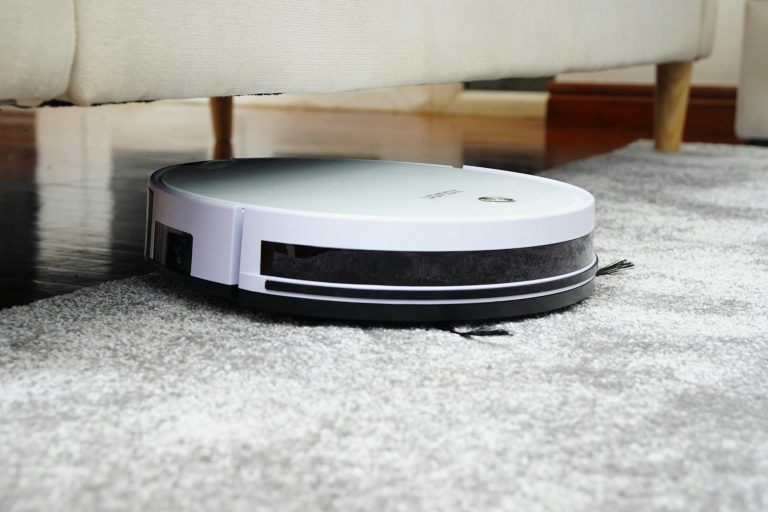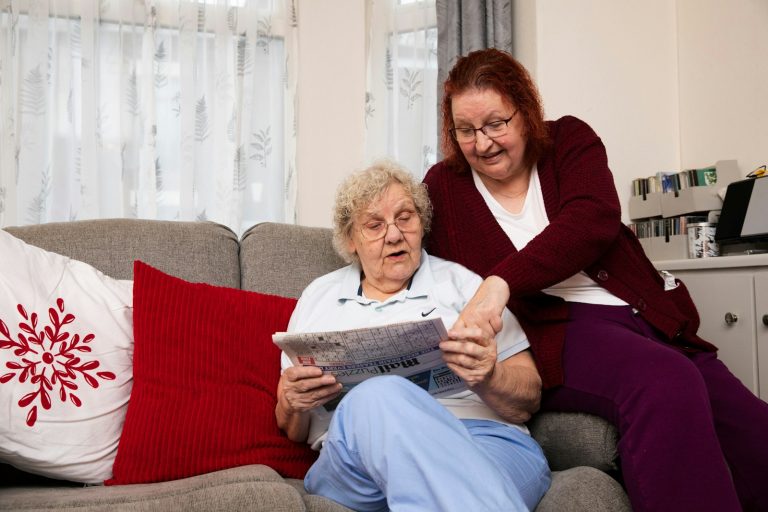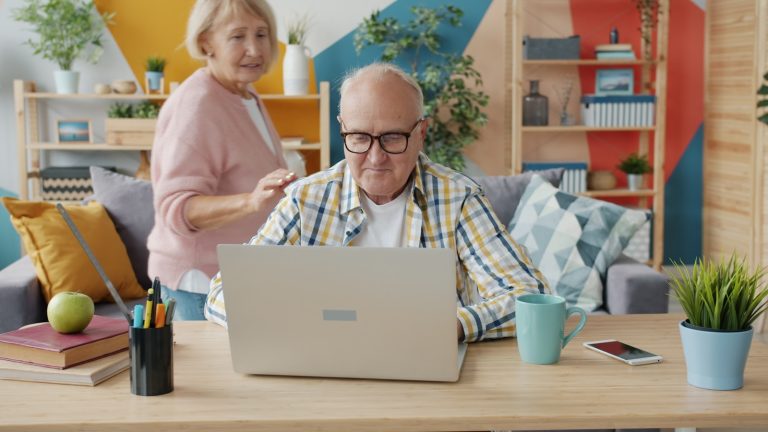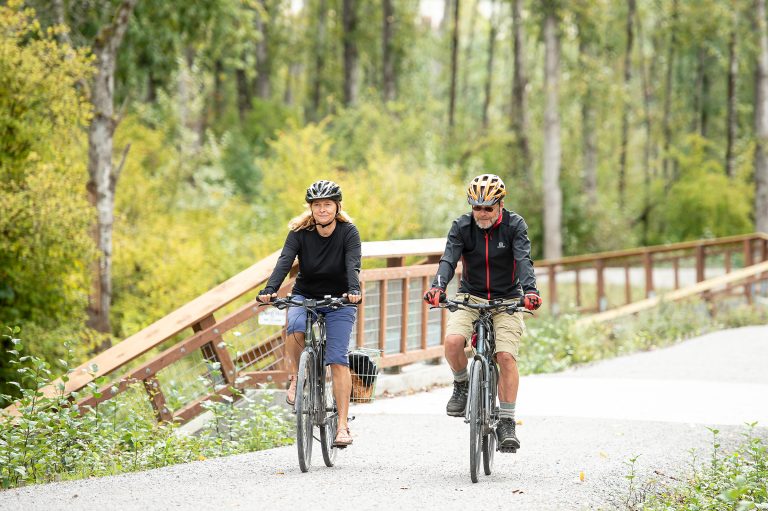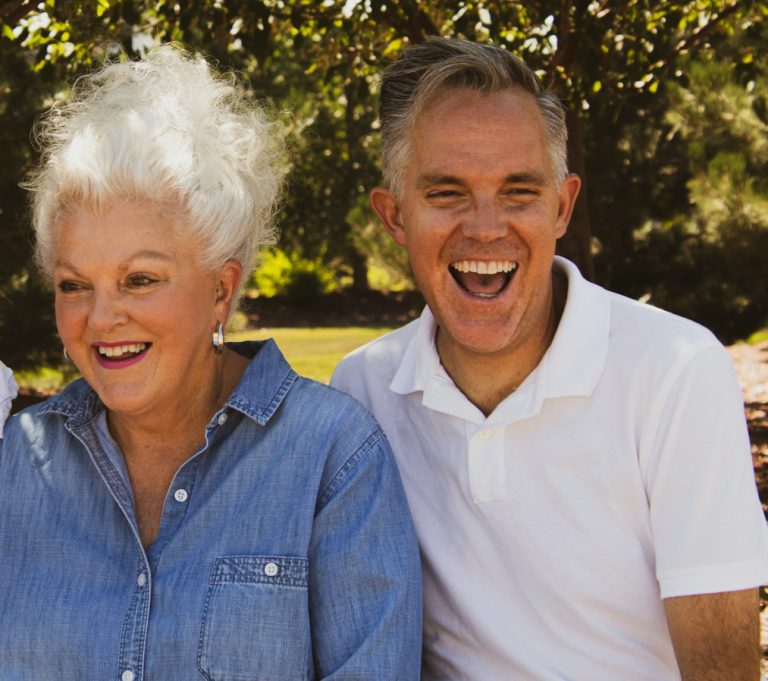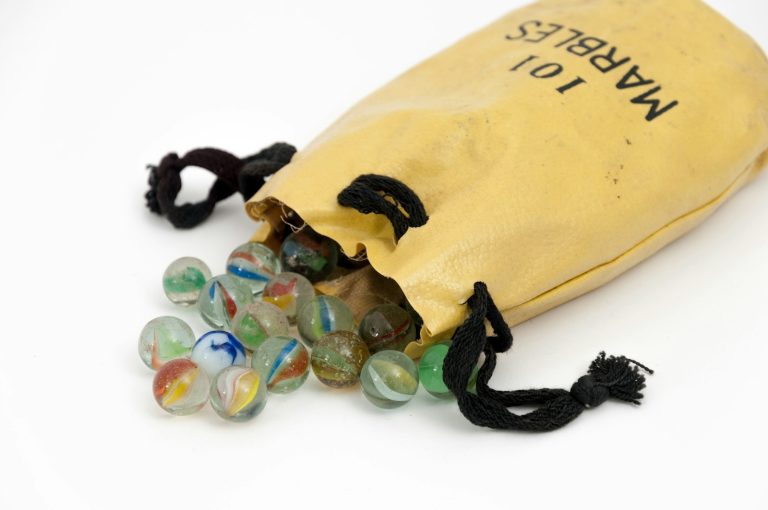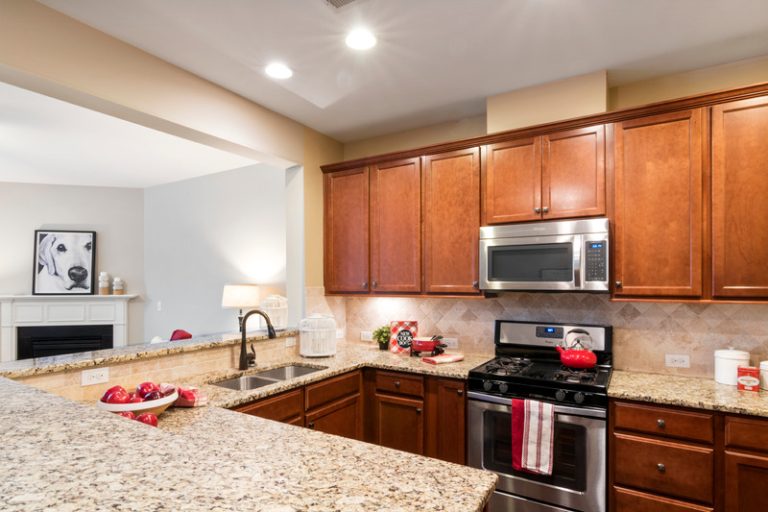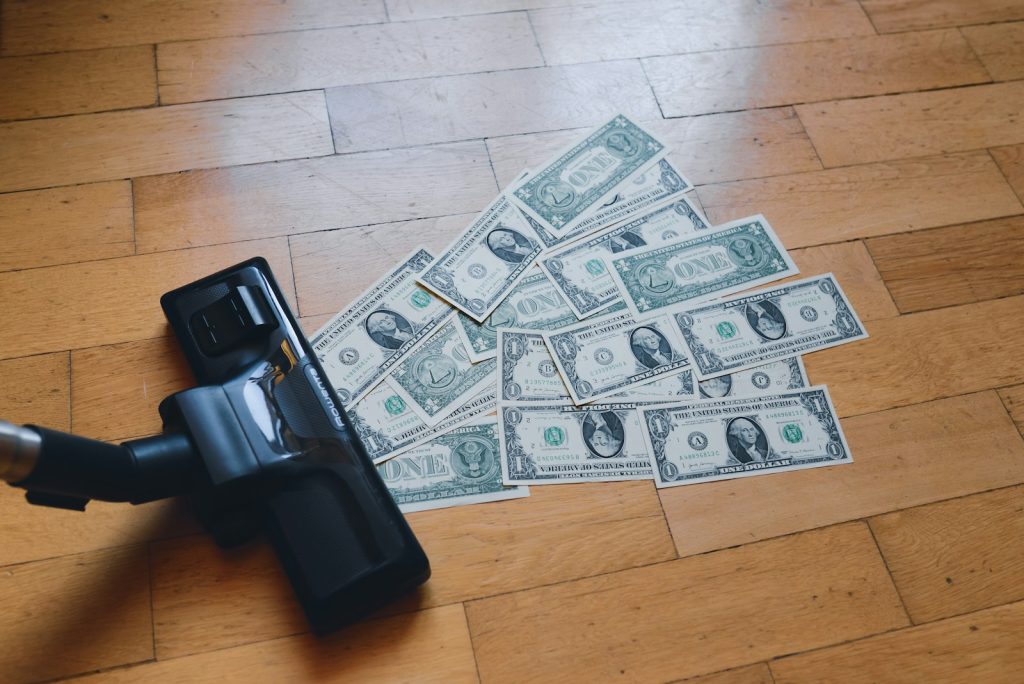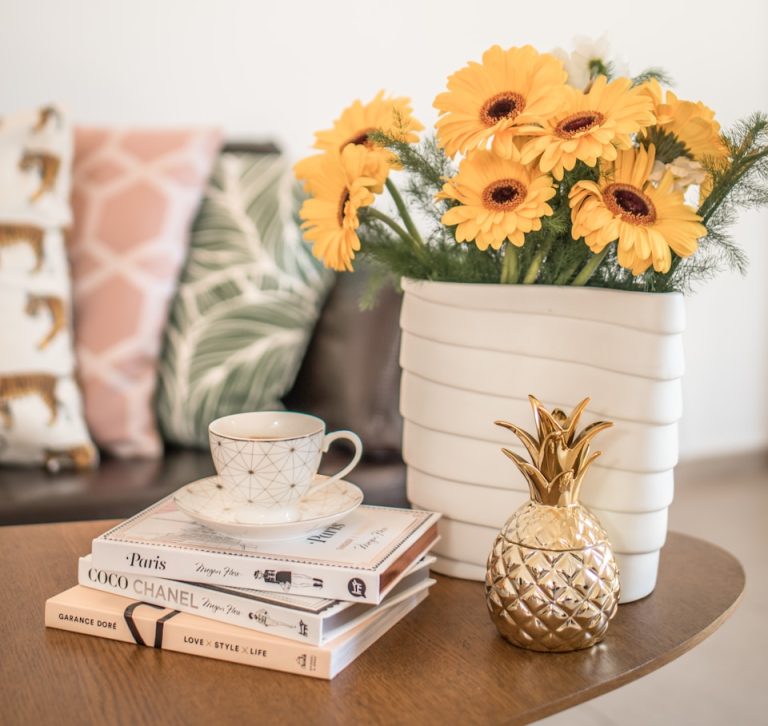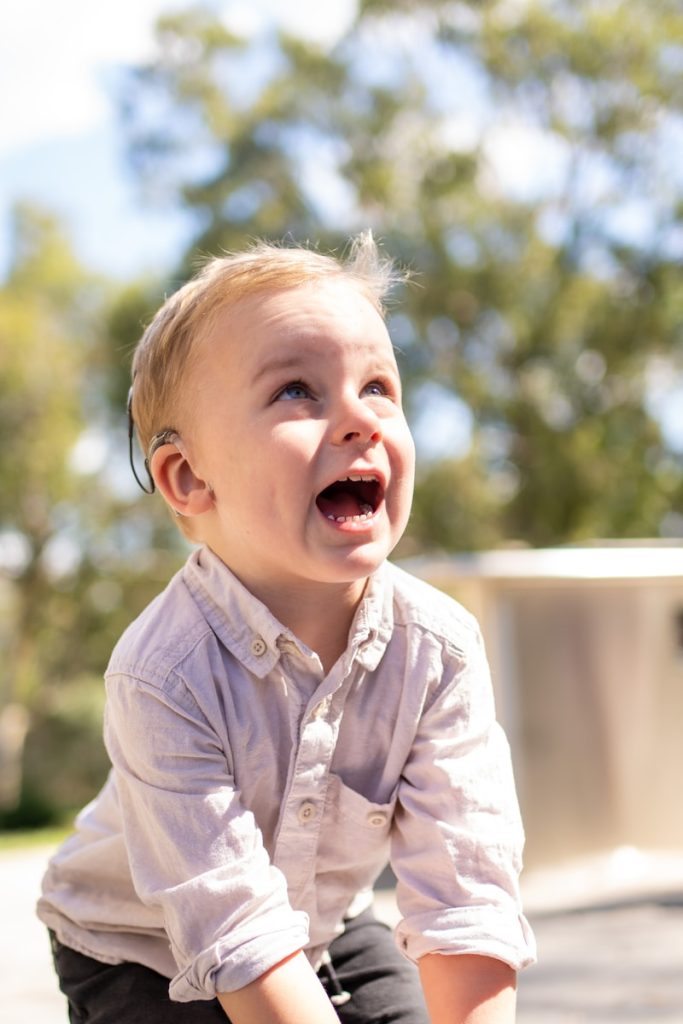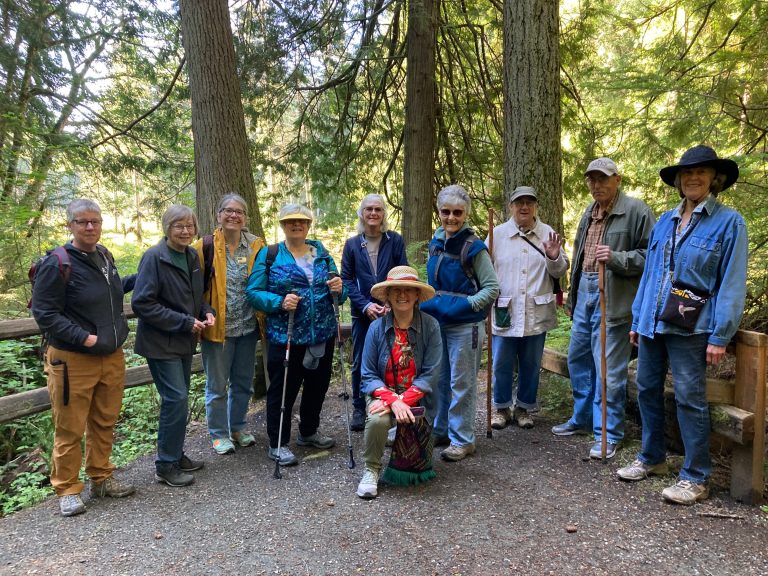How to Practice Thankfulness was contributed by Sue Sorenson | Take My Hand At Home Care | December, 2020

Grateful people also might have better sleep and healthier hearts, according to the University of California, Berkeley.
Giving thanks can make you happier and healthier.
In a world that seems crazier by the day, how can you ensure your brain and body remain in good shape? Research shows that one way to do this is by practicing gratitude.
Benefits When You Practice Thankfulness
According to Harvard Health, the act of being thankful “helps people feel more positive emotions, relish good experiences, improve their health, deal with adversity, and build strong relationships.”
The more we spend time thanking others, thinking positive thoughts and compiling our own lists of things to be thankful for, the less we spend time experiencing aches and pains and visiting the doctor. Grateful people also might have better sleep and healthier hearts, according to the University of California, Berkeley.
Ways to Improve Your Thankfulness
The upshot of all the research is that if you’re interested in improving your health, being more thankful is a great way to go. So, how can you practice thankfulness here in Whatcom County? Here are five simple ways:
Keep a gratitude journal.
Each day, write down something you’re thankful for. Some days, it might be just a word, and other days it might be several paragraphs or more. Think back on things that have happened recently and recall why you are thankful for them — maybe a stranger holding open a door for you, a package that arrived earlier than expected, a kind greeting from the pharmacist at the drugstore, etc. The point is to find things to be thankful for and write them down.
Write and send thank-you notes.
A thank-you note is a personal connection that can improve two lives — yours and that of the person receiving your note. Perhaps you could send a thank-you card to your doctor or leave a note thanking the driver in the space next to yours for not dinging your car when you parked a little crooked.
Pray or meditate.
If you’re religious, be sure to work gratitude into your daily prayers. Mindfulness meditation, too, can be a refreshing way to incorporate thankfulness into your routines.
Create visual reminders of the things you’re thankful for.
One of the biggest reasons we’re not more thankful is that we simply forget to be. Create visual reminders — a sticky note on the mirror, perhaps, or a visual cue on the dining room table. This can help us enter a state of thankfulness as we go about our day.
Simply say “thank you.”
Whenever you have the opportunity, say “thank you” to those around you. At the store, on the phone, while driving (a friendly hand wave will suffice!), in a conversation with your at-home assistant.
Cultivating an attitude of gratitude and giving thanks can work wonders in your life. Let’s get started!
Sue Sorenson, Owner
Take My Hand at Home Care
See original article at: Take My Hand at Home Care




